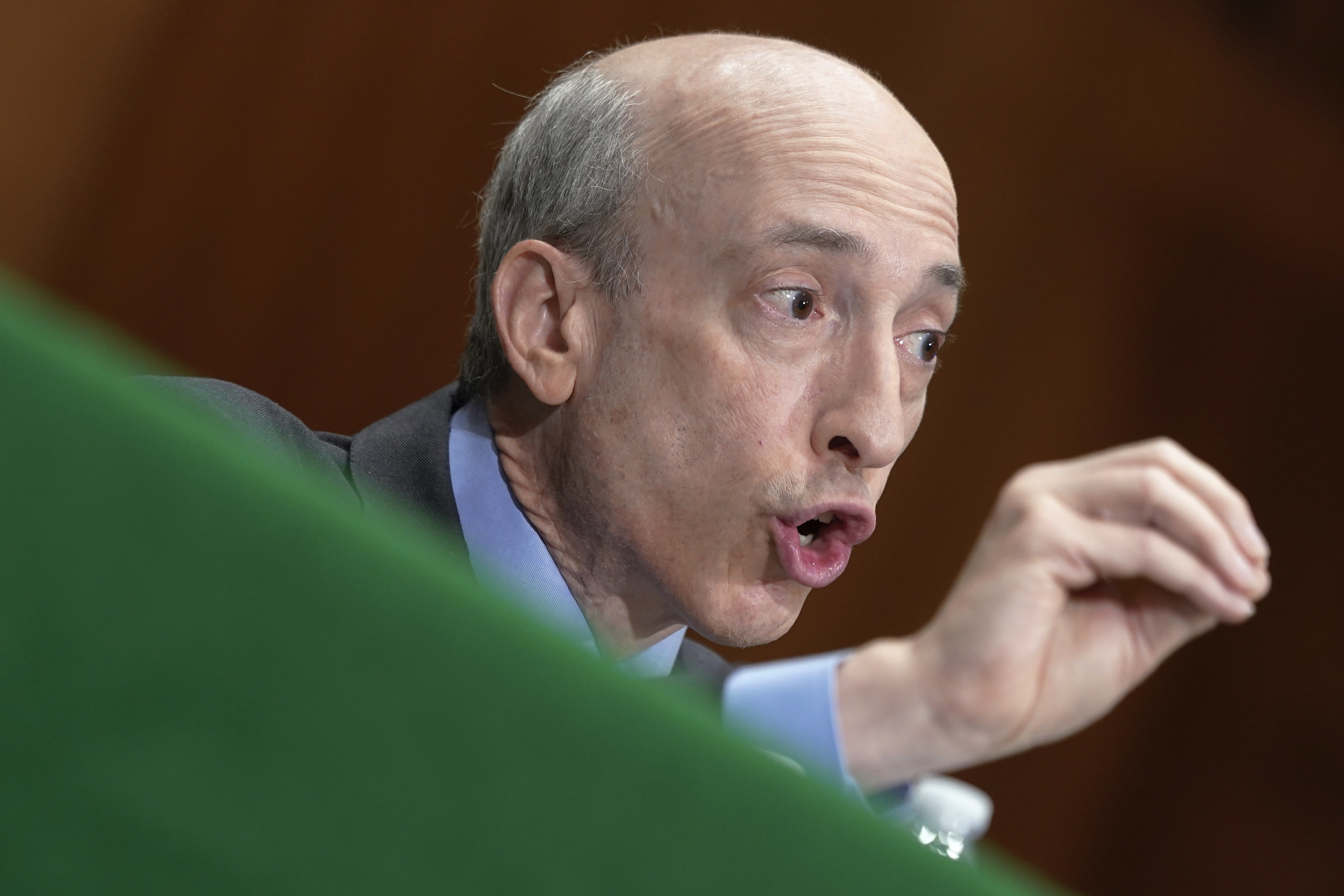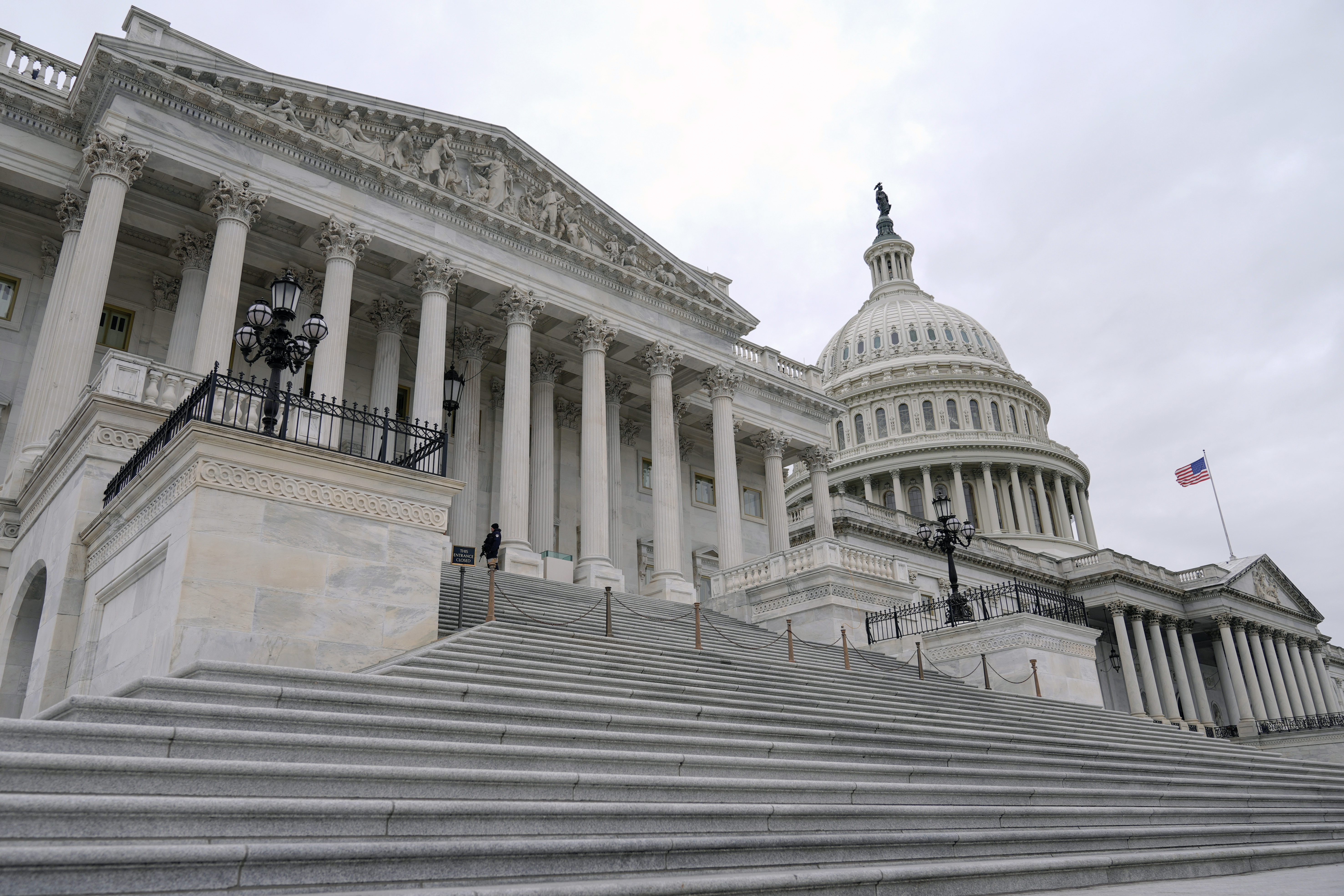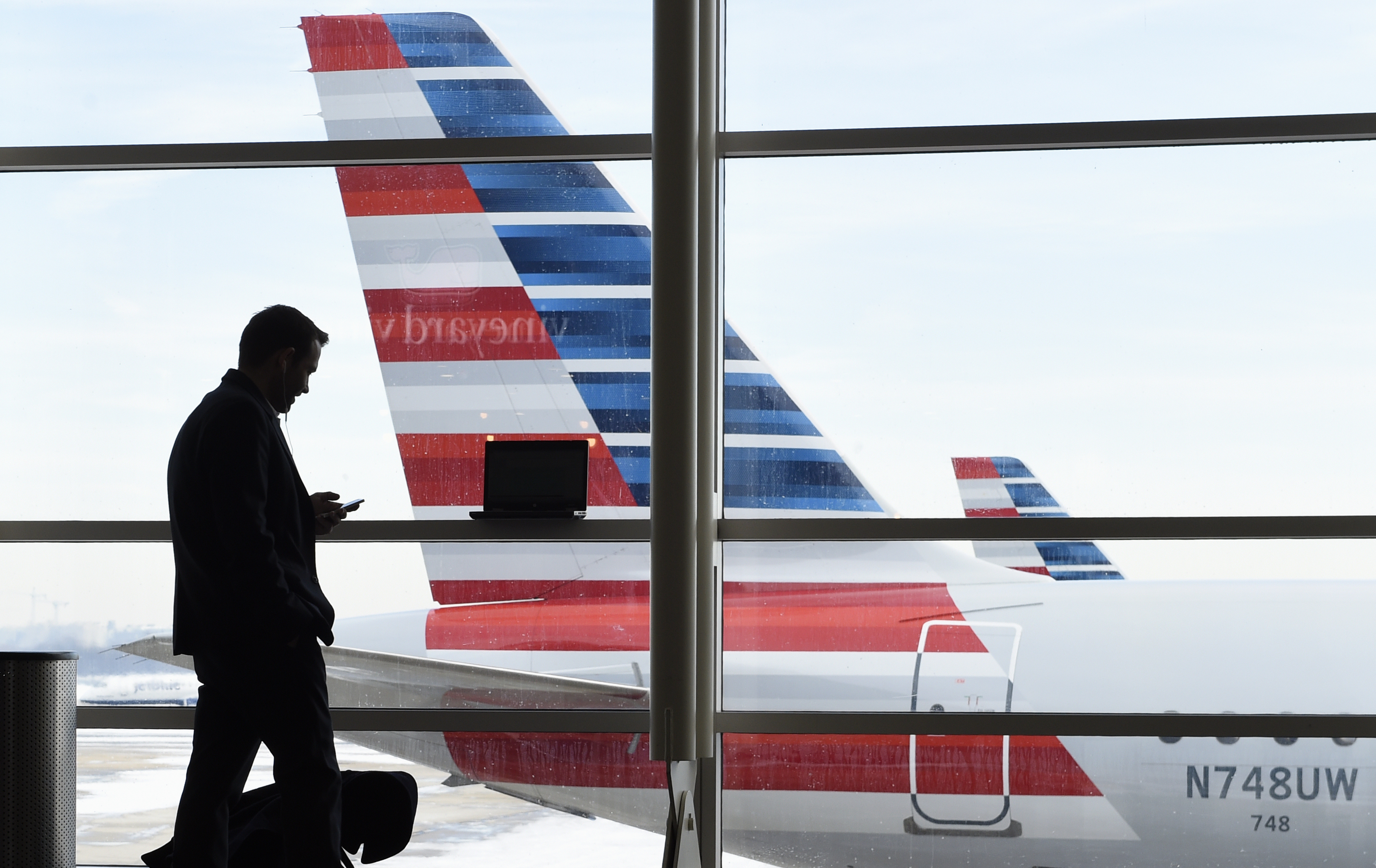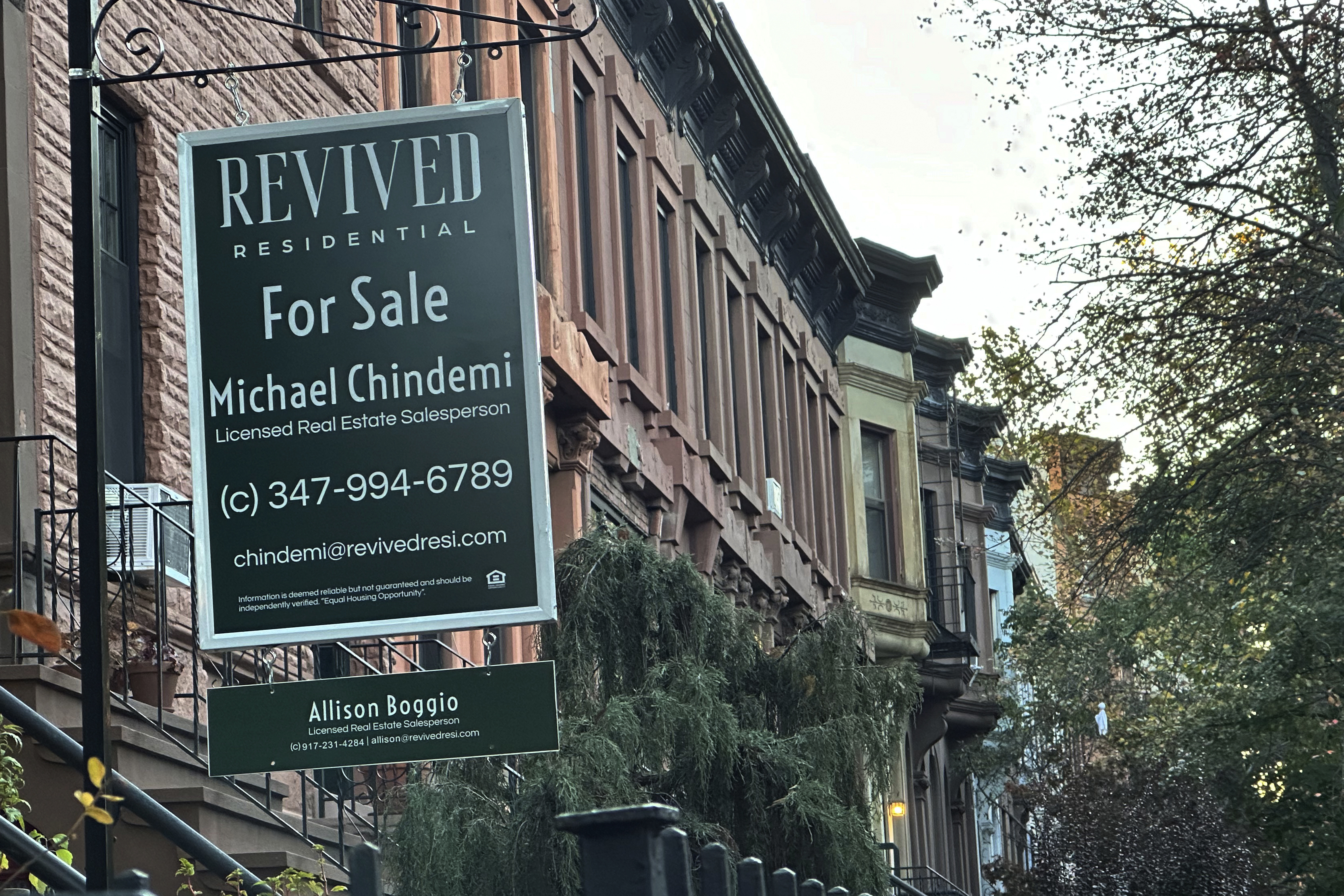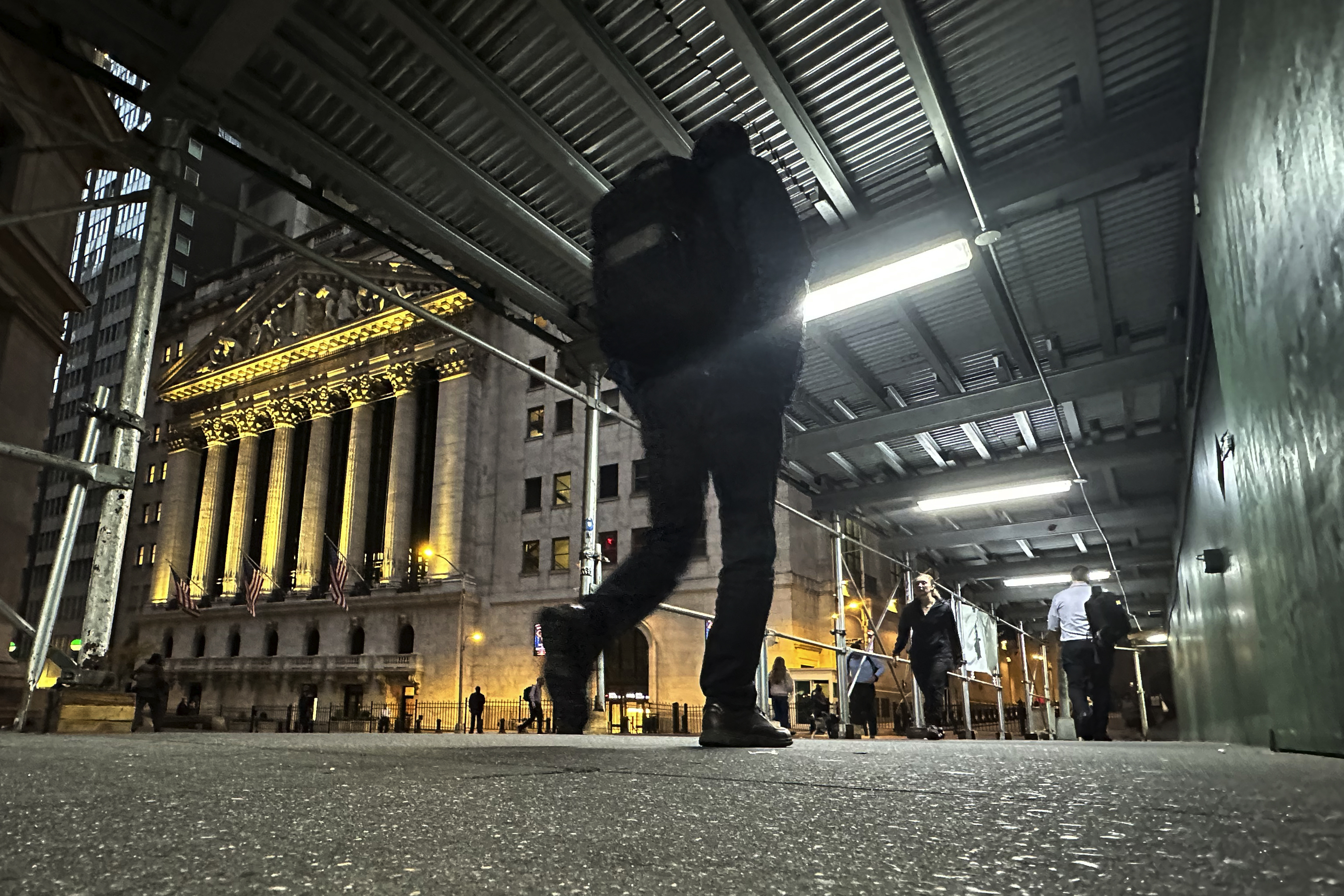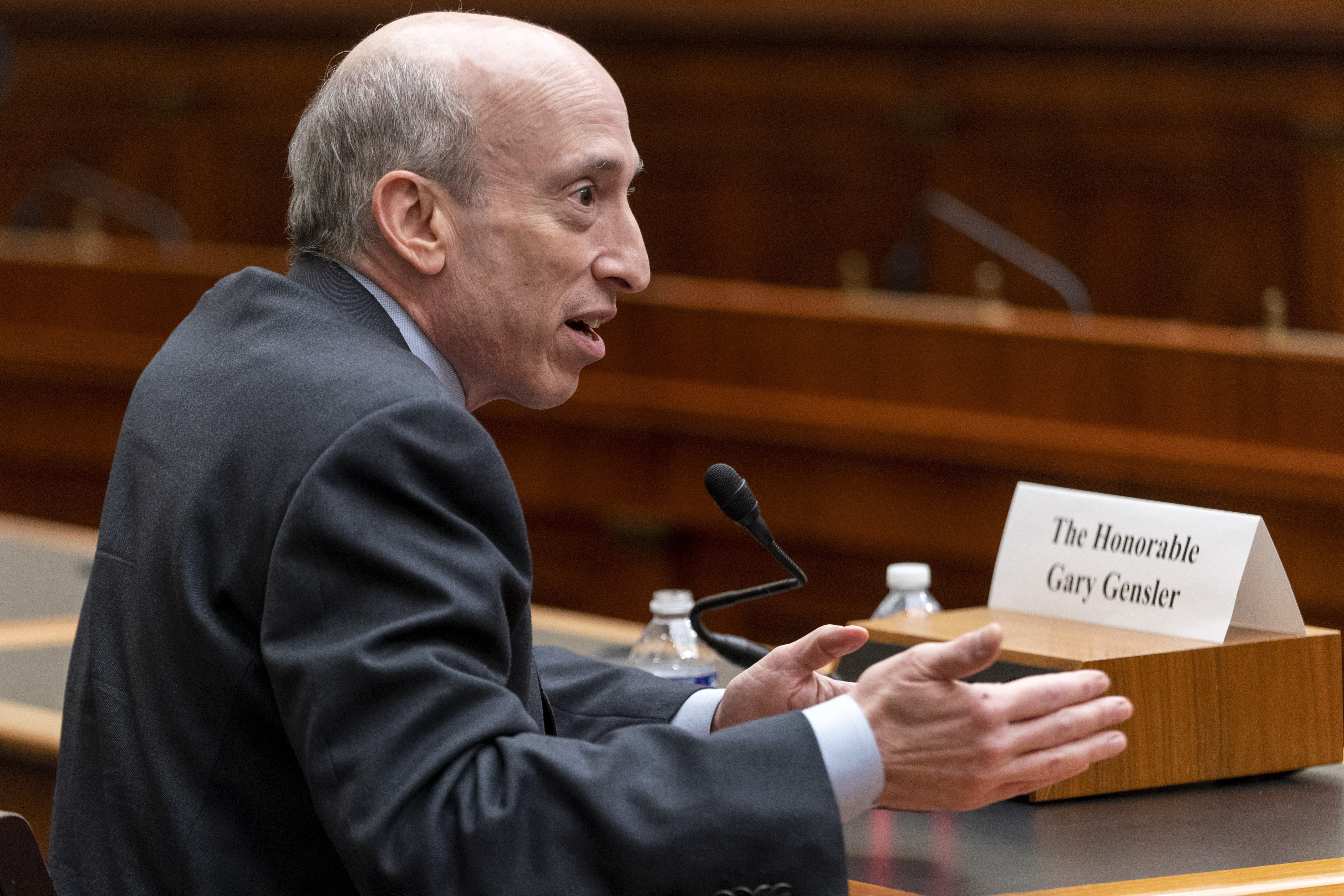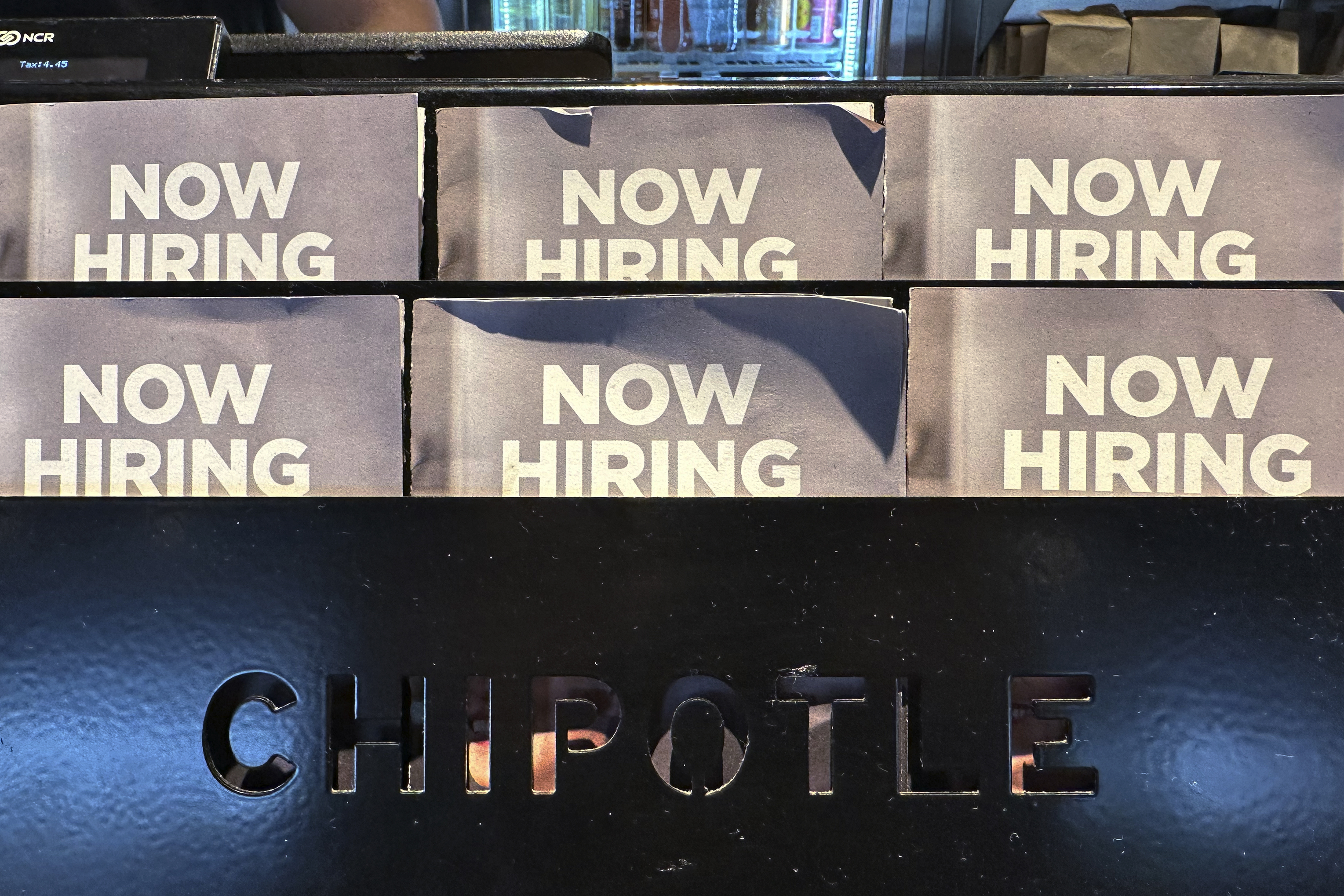It’s that time of year again when country music fans and peers celebrate country music artists who have made a mark on the industry. The Country Music Hall of Fame and Museum is nestled in the heart of Music City. For artists being inducted into the hall of fame is a dream come true.
“Country music has always been something that speaks to the musicians experiences but also speaks to our experiences,” said Peter Cooper, Senior Director, Producer, Writer at the Country Music Hall of Fame (CMHOF).
Cooper has worked at the CMHOF for the last five years. Before that, he wrote about music for the Tennessean for 14 years, “This museum was the kind of a mecca for me. It’s the clearing house, the centerpiece and I have always been impressed by what this place represents and the people that work here.”
As country music takes the spotlight, News 2 gives you a glimpse inside the CMHOF and how country music influenced and shaped Nashville into becoming Music City.
History of Country Music Hall of Fame and Museum
The hall of fame got its start in the early 1960s. The Country Music Association recognized the need to document the beginnings and evolution of country music. CMA created the Country Music Hall of Fame in 1961.
The first inductees are Hank Williams, Jimmie Rodgers, and Fred Rose. The plaques honoring inductees were on display in the Tennessee State Museum until the first Country Music Hall of Fame and Museum opened on Music Row in 1967.
For 20 years, the CMHOF continued to expand and collect historic artifacts, instruments, music, and it created an education outreach program. In 1987, the museum earned accreditation from the American Alliance of Museums.
The members of the Country Music Hall of Fame aren’t the only ones represented. Cooper said, “This is a place that exists to tell the story of the entirety of country music and tell it as it evolves.” The “Sing Me Back Home” exhibit documents the roots and historic milestones of the genre.
In 2000, the CMHOF closed temporarily in preparation to reopen in the heart of Music City in 2001. “It’s a fantastic place, full of fantastic people,” said Cooper.
Then, in 2014, the museum opened a $100 million expansion – doubling its footprint downtown. One year later, more than one million visitors were recorded to have stepped foot inside the museum in a calendar year.
Last year was another record-breaking year for the CMHOF. Almost 1.3 million guests were counted not only beating previous records, but also, making it the fifth year in a row the museum had more than a million tourists.
This year, like many other entertainment venues, the CMHOF was forced to close its doors because of the Covid-19 pandemic. The CMHOF said it has lost over $25 million in revenue and had to lay off or furlough 174 employees. There has been a relief fund set up to help sustain the museum.
The Country Music Hall of Fame and Museum has an unrivaled collection of historical artifacts, instruments, and music – more than 2 million.
“This is a place where forever is a reality, and people (artists) recognize that.” Cooper examined. “So, in a normal year more, than a million people can come by and be enlightened by those treasures and come to understand something of a complex beauty of this music, and the people who made it.”
Country Music Hall of Fame Rotunda
Being chosen as a hall of fame member is truly a test of time. “Everybody who is inducted into the hall of fame has passed that test,” said Cooper. Being chosen as a member has also been considered one of the highest honors for country artists since the 1960s.
“No one gets in early,” Cooper explained. “This isn’t a deal where you have some hit records and you’re all of the sudden elected to the hall of fame… it’s a process.”
The CMHOF does not select the members. The Country Music Association does that with long-time members of the CMA’s and a two-ballot voting process.
“The Country Music Hall of Fame is a very exclusive hall of fame,” Cooper observed. “Probably the most exclusive hall of fame, where there are three inductees every year, where as other halls of fame there may be five to ten people getting in an individual year.”
This year’s inductees are Hank Williams Jr., Marty Stuart and Dean Dillon. They will be officially recognized in the annual Medallion Ceremony. But this year, it will be more private because of the Covid-19 pandemic.
Soon, their faces and names will forever be imprinted on a bas-relief bronze plaque and hung on the 70 foot walls of the CMHOF Rotunda. They will be joining the ranks of other legendary country music artists.
Outlaws and Armadillos: Country’s Roaring 70s
It’s known to historians as a pivot of change, from Watergate to women’s rights, the 1970s was a decade of progression and the time country music forever changed.
Dolly Parton, Loretta Lynn, and Tammy Wynette – a trifecta of talented ladies – all experimented with new rules and a new country sound.
“It was very important to us to represent this era of crazy creativity, when artists took control of their own creations,” Cooper explained while showing News 2 the Outlaws and Armadillos: Country’s Roaring 70s exhibit inside the museum.
“This was coming out of the 1960s, when the ‘Nashville Sound’ prevailed. It tended to be the case that the records made in Nashville were essentially dictated by the producers.” But, in the early 70s, Bobby Bare took control of his own records and convinced RCA Victor to let him produce his own work.
“When he got that power, then Waylon Jennings and Willie Nelson went to their lawyer and said we want the deal Bobby Bare’s got,” Cooper added, “That spawned this incredible era of country music.” This group of artists emerged as “Outlaws.”
Jerry Jeff Walker was one of the leading figures in the “Outlaw” country music movement. He was known for his album “Viva Terlingua.” The museum has several pieces of memorabilia honoring his legacy.
“There’s a constant process going on, where we are making sure these things you see here are worthy because they aren’t just things – they’re treasures – they’re jewels,” Cooper pointed out while showing us Walker’s items. Walker, who wrote “Mr. Bojangles,” passed away from cancer at the age of 78 in October of 2020.

Also, a part of this exhibit – Tom T. Hall. Some consider him country music’s greatest storyteller. Hall and his best friend Reverend Will D. Campbell are both represented. “When we were putting this exhibit together, I went to see Tom T., and I said ‘I’d really love to find a way to accentuate Brother Will’ because he was so important to that Outlaw Movement.
“He said, ‘Well I have this drawing of Will by this whiskey still we made,'” Cooper said as he pointed at the still Tom T. talked about.
The movement reached its climax with the release of “Wanted! The Outlaws” in 1976. It was a compilation of songs from Waylon Jennings, Jessi Colter, Willie Nelson and Tompall Glaser.
Handling the Instruments
The CMHOF is a treasure trove of jewels that highlight the lives of legendary artists that have left a lasting legacy. More than 600 instruments have been secured inside the museum.
“Every instrument that’s here has its own story. Any instrument that’s anywhere has its own story,” exclaimed Cooper.
Each instrument on display and cared for by the museum is a permanence musicians seek. “We, as a museum, do not go out and purchase instruments. We don’t get involved in trying to outbid someone in something,” Cooper explained. “The instruments that are here, are here because the caretakers of those instruments believed, correctly, that this is the place for them.”
Those instruments are kept on the fifth floor – far above flood level – under the care of a curator. “In addition to having a full time instrument curator here – who is able to handle these instruments with white gloves – everything is temperature controlled and humidity controlled,” said Cooper.
Water and heat are two elements that can do major damage to instruments and manuscripts. “We are entrusted with the care of these instruments. They’re made of wooden wire, and they sing, and we have to make sure that their singing is as beautiful as it was the day they came to us,” Cooper said.
Most Played Guitar in Nashville
Experiences and artifacts are pillars of thousands of stories from artists who shaped the country music scene we know and love today.
“You could spend weeks and weeks walking around this place and find something new every time,” Cooper expressed his thoughts on the CMHOF experience.
News 2 asked if the CMHOF has a most popular item. Cooper responded, “I don’t think there is a most popular thing in the museum. I think it depends on who the person is and what window they’re looking into from.”
While that may be true, News 2 found out the museum does have one popular guitar that got a lot of playtime before it was donated to the museum.
“This guitar, it’s a beautiful Gibson guitar Cowboy got in the early 50s,” Cooper said while showing News 2 the exhibit. “A lot of people consider it to be the best sounding guitar in Nashville history. It was passed around to everybody probably.”
Cooper added it may even be the most played guitar in Nashville. “Johnny Cash has played that guitar – Chris Christopherson, Charley Pride, Bono. So many folks and not just famous folks, I used to go over there and play that guitar,” Cooper said while admiring the Gibson SJ-200. It was donated to the museum by “Cowboy” Jack Clement’s family last year.
The Gibson was purchased by Cowboy in the mid 1950’s. It has delivered countless notes over the decades when he wrote and produces songs for other entertainers like Charley Pride and Johnny Cash.
“He was a magical person,” Cooper described Cowboy. “Sometimes if people were tensing up in sessions, then Cowboy would go ‘Hey! Relax we’re in the fun business. If we’re not having fun, then we’re not doing our job.'”
The Tennessee native became a member of the hall of fame posthumously in 2013.
There are literally millions more stories linked to the artifacts at the museum. It’s definitely a place you don’t want to miss out on when visiting downtown Nashville.
The Country Music Hall of Fame and Museum also operates tours for the historic RCA Victor Studio B and the historic Hatch Show Print shop.
Learn more about the tours here.
Those who’d like to support the museum and its fundraising effort can donate via YouTube Giving, or by texting “Donate” to (833) 977-2643.



































